A common theme this year on the workbench has been WWII Japanese aircraft projects. The Louis Gardner color scheme thread was a motivational factor in trying some of those researched color schemes. Next up after the Betty and Zeke, is my 2nd Dinah. This one is the fighter version. Or B-29 killer. So lets see what is in the box before we start building. Though not as sleek looking as the Recon variant. Still looks fast parked on the ramp.
As my Tamiya journey continues, next up is kit 61056, the Ki-46 III Kai, air defense version of the Dinah. Having built the recon version about a year and half ago, the kit at first glance is very familiar as most of the kit is the Recon kit with some different parts to make this the fighter version.
Popping the lid the instructions on top, all the parts wrapped and sealed in bags. Decals are loose on the bottom of the box. The only issue I find as these kits can sit in a stash for a few years, in the meant time the decals due to heat and humidity over the years may deteriorate or break up when they hit the water. Most of the Tamiya kits in my stash were bought in the late 90's. What I should've done if I had any foresight was to place and seal them in a baggie. The decals are for 3 schemes that served in the defense of the Japanese mainland.
-
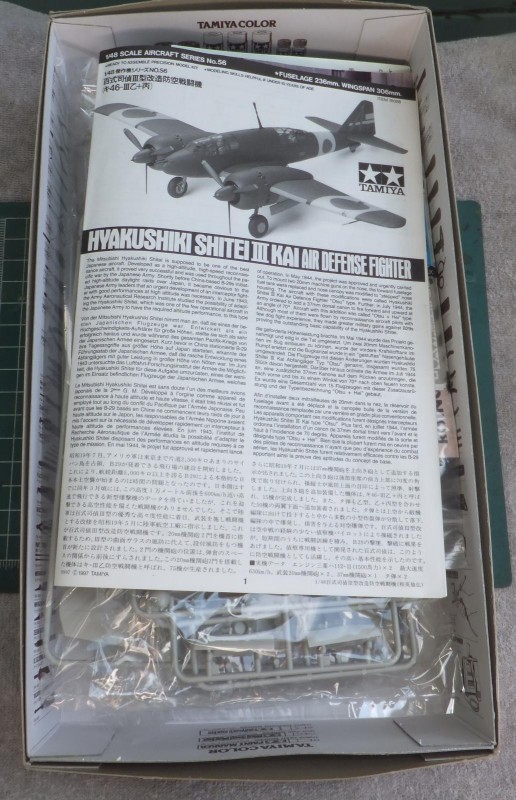
-
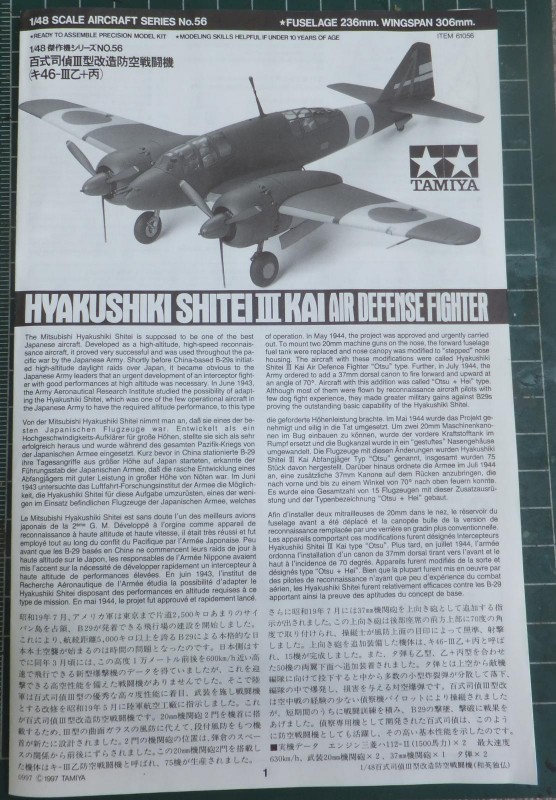
-
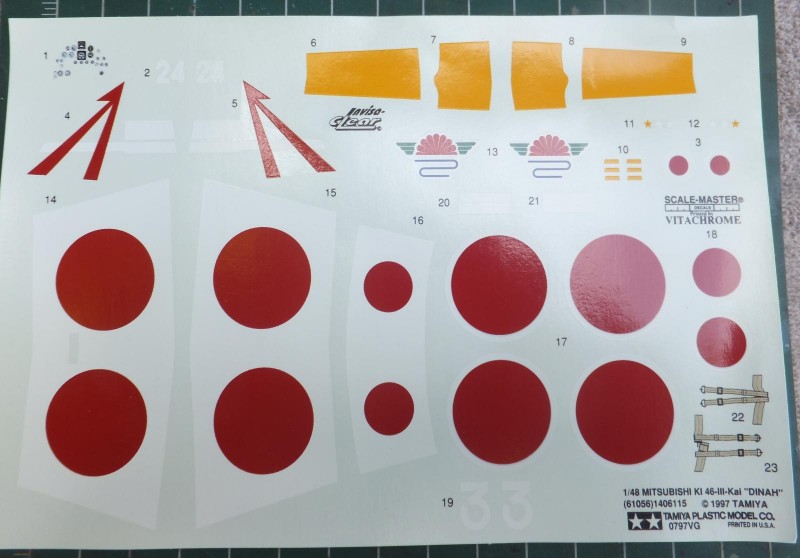
There isn't much for the Dinah's when it comes to looking for decals. Not that the schemes in the kits are not worthy, it is that the decals are unusable by the time I start the project. So as the time approached to start the Dinah, I had been searching off and on for decals for the fighter version. And finally found a set from Rising Decals, an outfit out of the Czech Republic, which only had one choice for the Defense fighter. I'll take it! Decals looked good and will be the first time using these.
1st sprue of of the bag is the fuselage, interior components, bulkheads, landing gear, flight deck and rear compartment pieces. The familiar Tamiya light grey plastic. For some reason I like the darker grey plastic. Like on the recent Corsair and D520 builds.
-
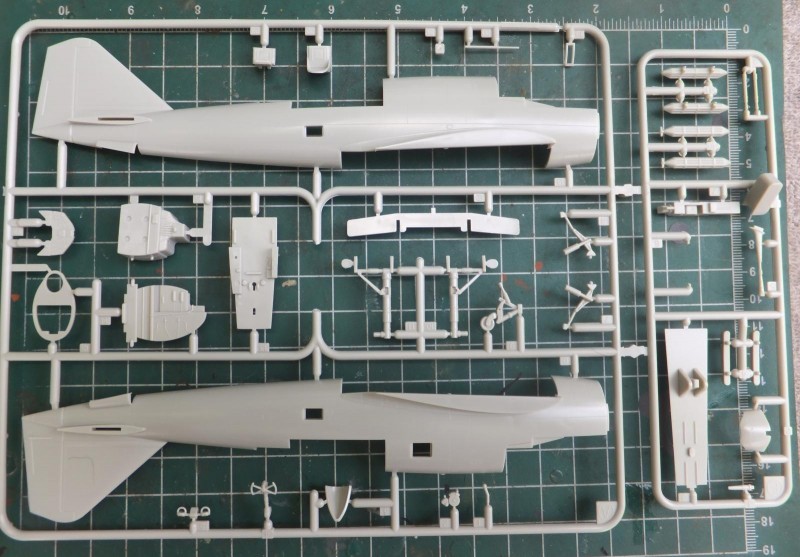
1. Same as Recon Dinah this section
2. Fighter pieces this section
Tamiya as I notice on a lot their kits, they build very well, great detail, but unlike let say Hobby Boss, Trumpeter and Kitty Hawk and even Revell tend to have more parts. Tamiya provides just enough detail and pieces to build an excellent model out of the base kit. And on the Dinah with all that glass, it does show a bit the lack of detail especially this version with out the camera equipment in the rear compartment.
-
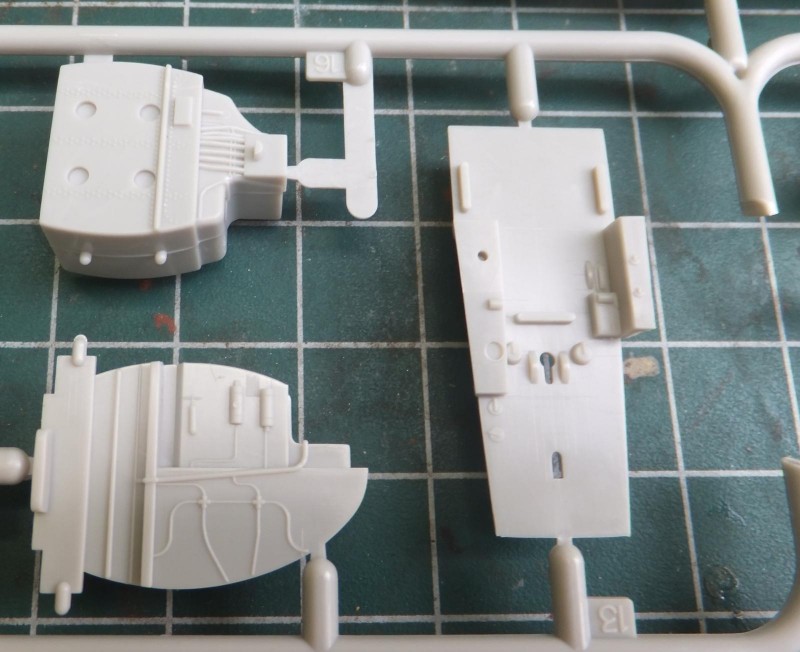
1. Nice detail enough if you wish to leave it. but it is lacking for a kit with windows that has a decent interior view.
The wing spar and landing gear struts are sturdy thought the plane is not heavy after completion, but nice details.
-
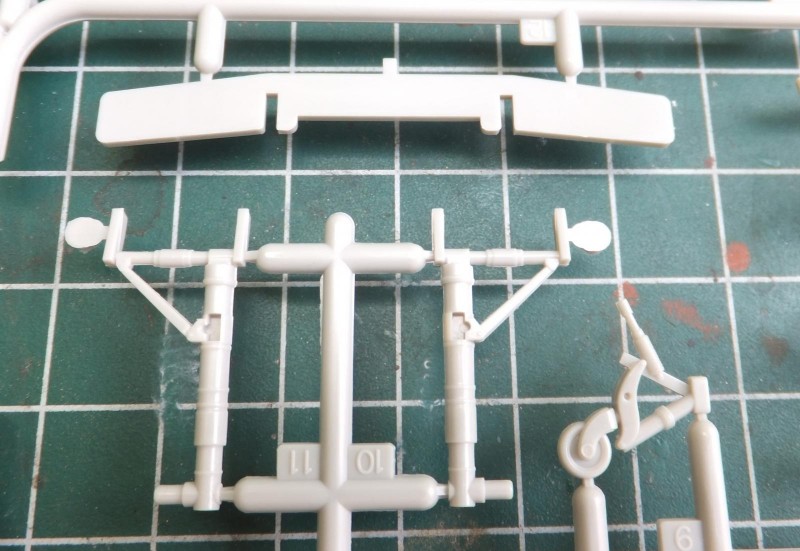
1. wing spar
2. Sturdy landing gear struts
Interior stringers and sidewall details are nice in the front and rear compartments of the inner fuselage.
The nose is the main difference of the fighter variant being more typical and also contains the cannons.
-

1. Fighter nose houses the cannons
The next sprue are the wings and horizontal stabs. Exhaust stacks and engine bases.
Now another minor difference is this Dinah does run a different power plant compared to the Recon, so the exhausts collectors are a bit different in appearance. Good on Tamiya in catching this detail and
not run the same exhausts as the recon version.
The next sprue contains, the props, cowlings, gear bay wells and main wheels.
2 style of props are provided. With 2 style of prop spinners.
The excellent detailed engine. Well done for styrene, sharp crisp details.
Wheels are ok, plain, as they really were. Will use resin wheels from True Details.
And the only gripe other than lacking details interior wise is the LH/RH halves on the wheel bays. A nasty seam dead center. But I will leave it as it is.
The poly caps for the props, always loved this nice touch not only by Tamiya, but Hasegawa does this at times as well.
And finally the clear parts. Not only crystal clear, but they fit very well on the kit.
The Eduards Zoom set will help to enhance the interior of the Dinah
Next some pre painting... more to follow.